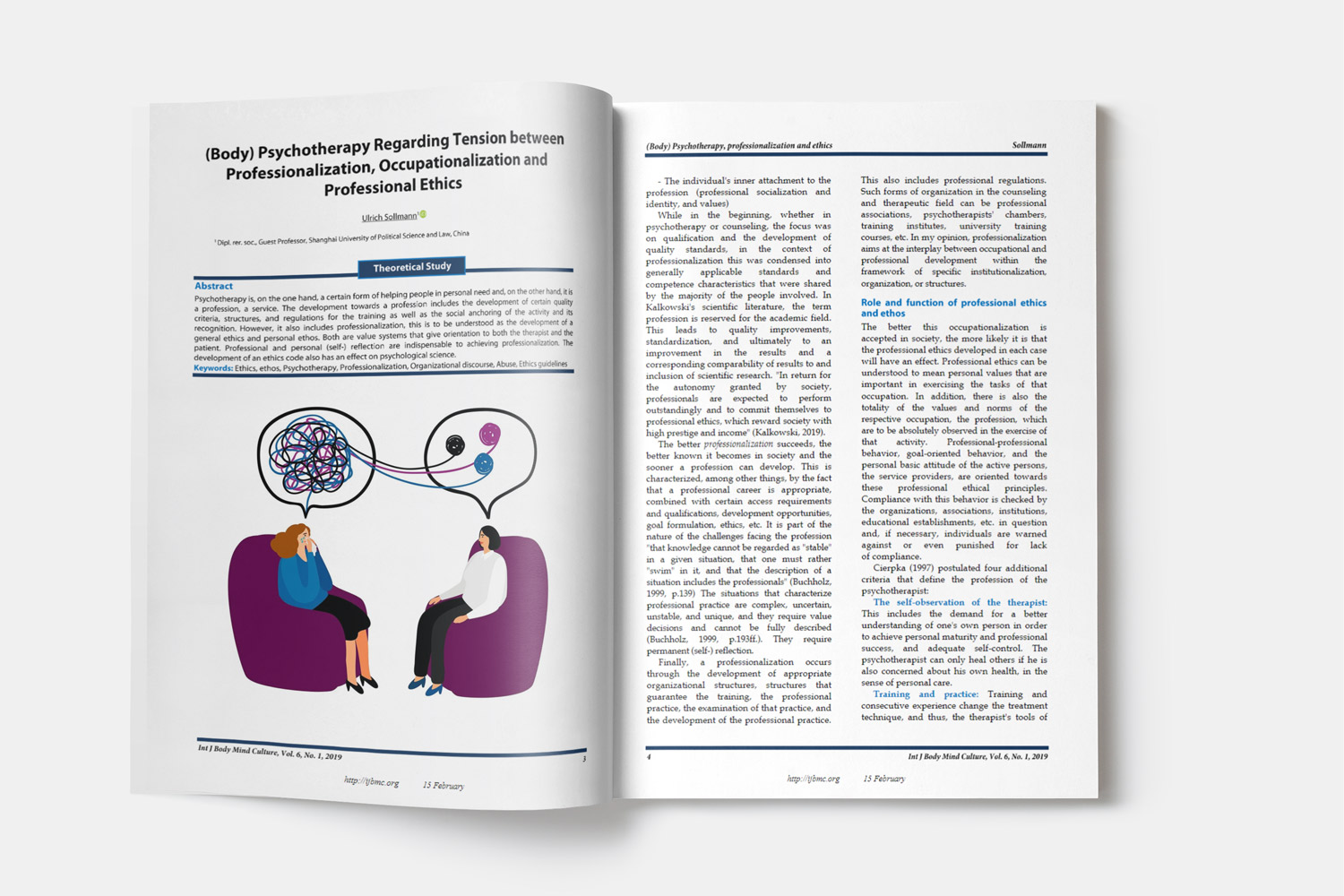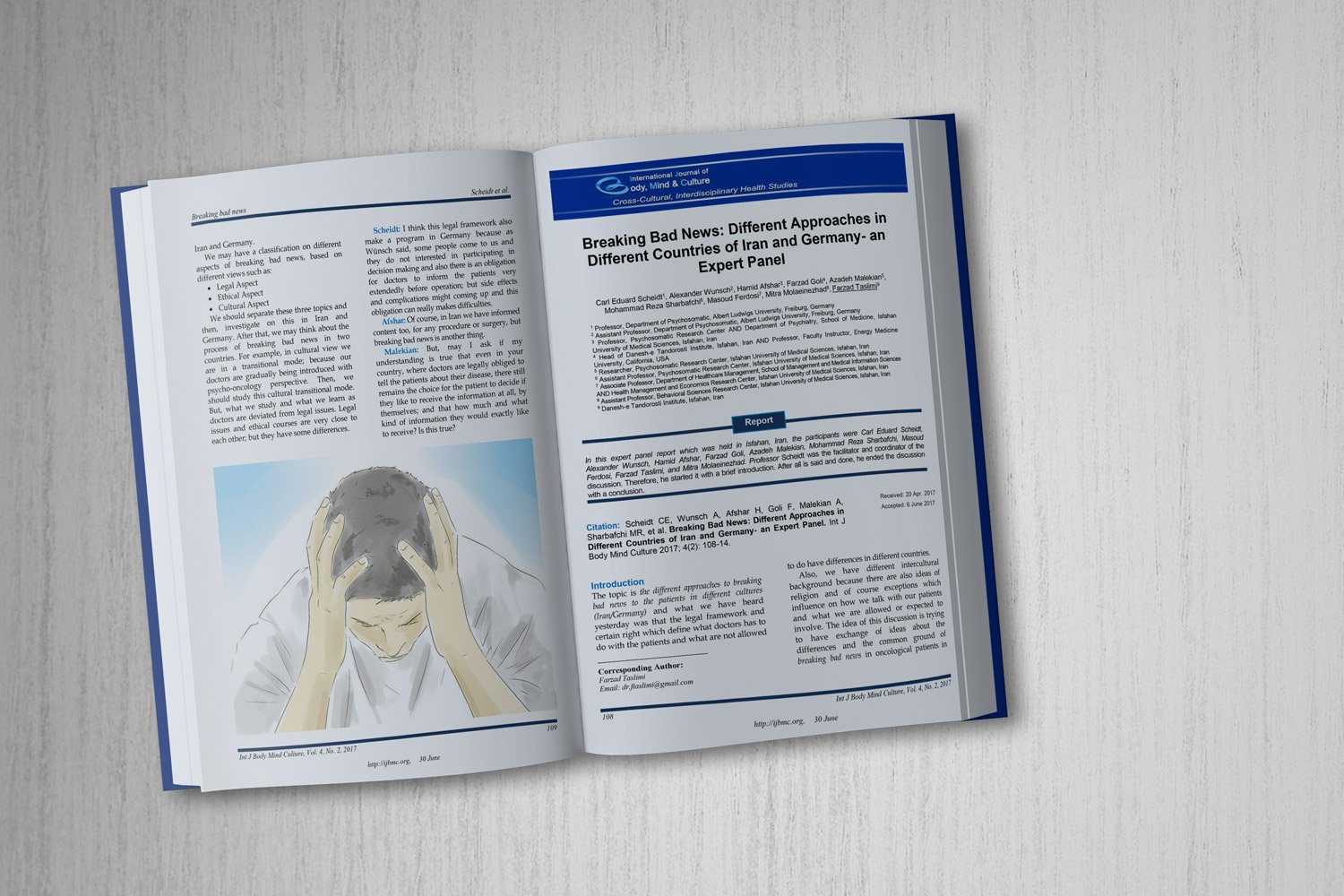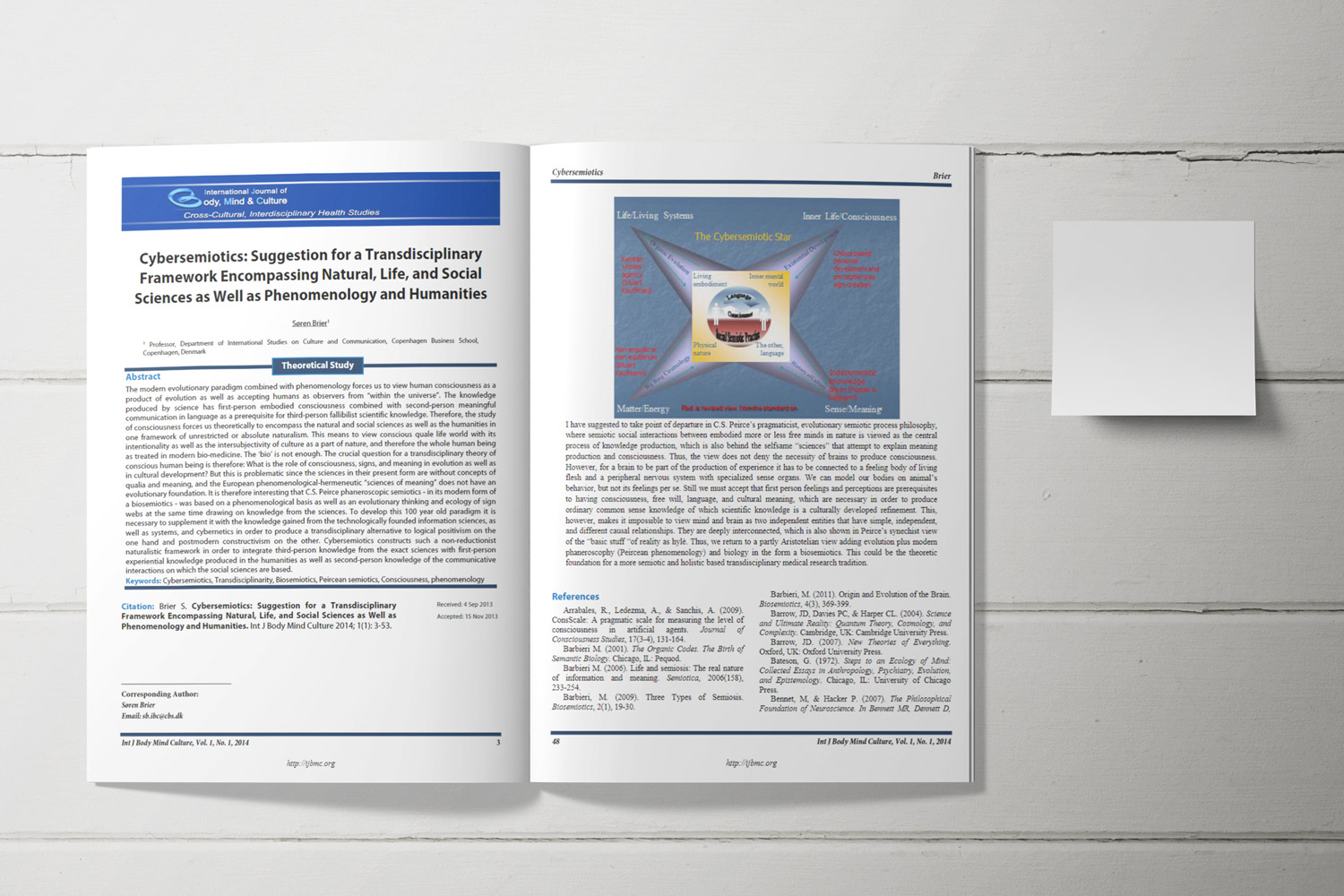Explaining the Influence of Architecture in Reducing Depression Symptoms
Downloads
Objective: The current research has been to investigate the effect of architecture and environmental design on mental states and human interactions, as well as to identify spatial elements that increase or decrease the symptoms of depression, finally, by designing a questionnaire to provide practical suggestions to architects in order to improve the mental health of depressed people and their interpersonal communication, especially in the residential space.
Methods and Materials: The research employed a combined exploratory approach. Data collection methods in the qualitative phase included documentary, field, and semi-structured interview techniques. In the quantitative phase, a researcher-designed questionnaire was utilized. Data analysis was conducted using SPSS version 26 for quantitative data, content analysis for qualitative data, and the Chi-square test in the quantitative section.
Findings: Findings showed that among the investigated elements, color, materials, lighting, sound system, and sound insulation, private space, green space, placement of spaces, and architectural style affect decreasing depression symptoms and improving interpersonal relationships (P<0.05).
Conclusion: Based on the findings of the research, architectural and environmental design components can reduce symptoms of depression and improve interpersonal relationships. Finally, a suggested questionnaire was presented along with effective and practical guidelines for the use of architects and designers.
Downloads
Bahodirovna, A. D., Abdullah, S. M. H., Razaq, A. A., Tawfeeq Alghazali, T., Jalil, S. H., Al-Hamdani, M. M., Mohsin, R. M., & Fkhry, F. A. (2023). The Effects of Acceptance and Commitment Therapy on Anxiety and Depression in Patients with Asthma. Int J Body Mind Cult, 10(4). https://ijbmc.org/index.php/ijbmc/article/view/584
Bakhtiyarovich, M. J., Alamir, H. T. A., Abdul-Hameed, A., Jasim, H. H., Rasla, N. M., Saud, A., Amir, A. A., & Karim, M. M. (2023). Relationship between Different Psychological Coping Strategies and Anxiety and Depression Levels in Heart Attack Patients: Psychological coping strategies and anxiety and depression level. International Journal of Body, Mind and Culture, 11(Special Issue), 143-155. https://doi.org/10.22122/ijbmc.v10iSpecial Issue.482
Cai, L., Nitta, T., Yokota, S., Obata, T., Okada, E., & Kawaguchi, H. (2021). Targeting brain regions of interest in functional near‐infrared spectroscopy—Scalp‐cortex correlation using subject‐specific light propagation models (1065-9471). https://doi.org/10.1002/hbm.25367
Croijmans, I., Beetsma, D., Aarts, H., Gortemaker, I., & Smeets, M. (2021). The role of fragrance and self-esteem in perception of body odors and impressions of others. PLOS ONE, 16(11), e0258773. https://doi.org/10.1371/journal.pone.0258773
Ertek, H. (1994). İç mekan temel tasarım ilkelerine bir yaklaşım. Yayımlanmamış Yüksek Lisans Tezi, Hacettepe üniversitesi, Ankara. http://bby.hacettepe.edu.tr/yayinlar/119.pdf
Jovan Faruzandeh, A. S., Qasim. (2017). The concept of sense of belonging to a place and its constituent factors. Shahr Identity Quarterly. https://www.sid.ir/paper/154544/fa
Luan, J., Yang, M., Zhao, Y., Zang, Y., Zhang, Z., & Chen, H. (2023). Aromatherapy with inhalation effectively alleviates the test anxiety of college students: A meta-analysis. Frontiers in Psychology, 13, 1042553. https://doi.org/10.3389/fpsyg.2023.1136900
Marshall, V. (2020). Object-led interview: Documenting geographical ideas. In Ecologies Design (pp. 130-137). Routledge. https://doi.org/10.4324/9780429279904-17
Martin, D., Nettleton, S., Buse, C., Prior, L., & Twigg, J. (2015). Architecture and health care: a place for sociology. Sociology of health & illness, 37(7), 1007-1022. https://doi.org/10.1111/1467-9566.12284
Mclaughlan, R., & George, B. (2022). Unburdening expectation and operating between: architecture in support of palliative care. Medical Humanities, 48(4), 497-504. https://doi.org/10.1136/medhum-2021-012340
Queirós, C., Passos, F., Bártolo, A., Marques, A. J., Da Silva, C. F., & Pereira, A. (2020). Burnout and stress measurement in police officers: Literature review and a study with the operational police stress questionnaire. Frontiers in Psychology, 11, 524470. https://doi.org/10.3389/fpsyg.2020.00587
Sauletzhanovna, T. A., Mohammed, W. K., Ahmed, A. S., Mohammed, H. I., Al-Hili, A., Alnajar, M. J., Naser, N. S., Amr, E. F., & Mohsin, R. M. (2024). The Predictive Value of Depression and Anxiety on Protracted Cardiovascular Outcomes in Individuals with Acute Myocardial Infarction: The predictive value of depression and anxiety on protracted cardiovascular outcomes. International Journal of Body, Mind and Culture, 11(Special Issue), 64-75. https://doi.org/10.22122/ijbmc.v10iSpecial Issue.739
Shahcheraghi, A., Bandar Abad, Alireza. (2014). Mahat Der Mohit. Tehran: Jihad University Press. https://www.16book.ir/Shop/BookDetail/18433/-%D9%85%D8%AD%D8%A7%D8%B7-%D8%AF%D8%B1-%D9%85%D8%AD%DB%8C%D8%B7--%DA%A9%D8%A7%D8%B1%D8%A8%D8%B1%D8%AF-%D8%B1%D9%88%D8%A7%D9%86-%D8%B4%D9%86%D8%A7%D8%B3%DB%8C-%D9%85%D8%AD%DB%8C%D8%B7%DB%8C-%D8%AF%D8%B1-%D9%85%D8%B9%D9%85%D8%A7%D8%B1%DB%8C-%D9%88-%D8%B4%D9%87%D8%B1%D8%B3%D8%A7%D8%B2%DB%8C
Spence, C. (2020). Senses of place: architectural design for the multisensory mind. Cognitive research: principles and implications, 5(1), 46. https://doi.org/10.1186/s41235-020-00243-4
Steer, R. A., Rissmiller, D. J., & Beck, A. T. (2000). Use of the Beck Depression Inventory-II with depressed geriatric inpatients. Behaviour research and therapy, 38(3), 311-318. https://doi.org/10.1016/S0005-7967(99)00068-6
Yang, J., & Yuan, C. (2022). Application of Cognitive System Model and Gestalt Psychology in Residential Healthy Environment Design. Computational Intelligence and Neuroscience, 2022. https://doi.org/10.1155/2022/5661221
Yrondi, A., Bennabi, D., Haffen, E., Quelard, D., Samalin, L., Maruani, J., Allauze, E., Pierre, D., Bougerol, T., & Camus, V. (2020). Treatment-resistant depression in a real-world setting: first interim analysis of characteristics, healthcare resource use, and utility values of the fondamental cohort. Brain Sciences, 10(12), 962. https://doi.org/10.3390/brainsci10120962
Copyright (c) 2024 International Journal of Body, Mind and Culture

This work is licensed under a Creative Commons Attribution-NonCommercial 4.0 International License.















